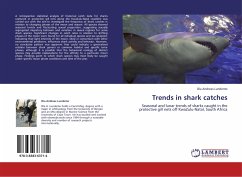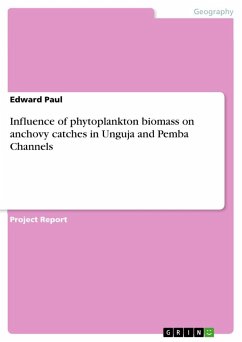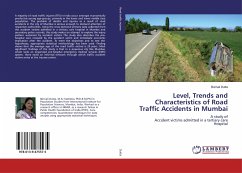A retrospective statistical analysis of historical catch data for sharks captured in protective gill nets along the KwaZulu-Natal coastline was carried out with the aim to investigate the frequency of shark catches in relation to changing phases of the moon and season. All species showed seasonal trends and fluctuating sexual proportion, suggesting sexually segregated migratory behavior and variation in sexual regimes for some shark species. Significant changes in catch rates in relation to shifting phases of the moon were found for all individual species and sex analyzed, indicating that light intensity of the moon, likely in consortium with other environmental predictors, influences shark activity and behavior. However, no conclusive pattern was apparent that could indicate a generalized relation between shark genera or common habitat and specific lunar phases, although it is possible that the behavioral ecology of distinct species may provide explanations for the affinity to aparticular moon phase. Findings point to which shark species may most likely be caught under specific moon phase conditions and time of the year.
Bitte wählen Sie Ihr Anliegen aus.
Rechnungen
Retourenschein anfordern
Bestellstatus
Storno








